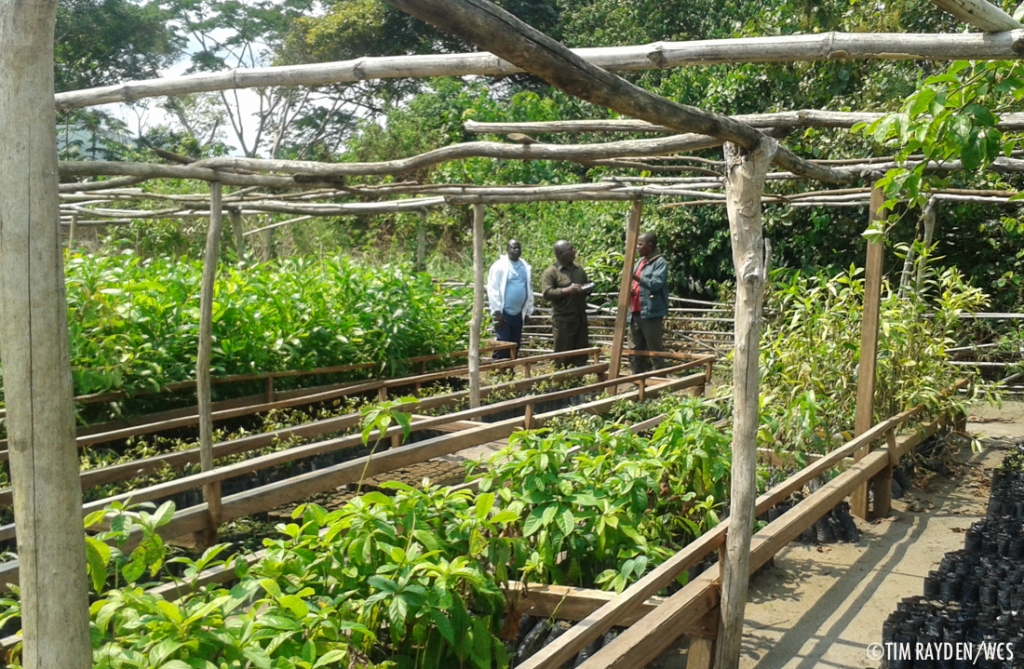Agroforestry: A Sustainable Approach for Rural Living and Homesteading
In recent years, there has been a growing interest in sustainable farming practices that can help us meet our food needs while also preserving the environment. One such practice gaining popularity is agroforestry. Combining elements of agriculture and forestry, agroforestry offers a holistic approach to land management that benefits both farmers and the ecosystem.
So, what exactly is agroforestry? At its core, it involves the intentional integration of trees or woody plants with crops or livestock on the same piece of land. By doing so, farmers can create diverse and resilient agricultural systems that mimic natural ecosystems.
One key benefit of agroforestry is its ability to enhance soil health. Trees act as anchors, preventing erosion by holding soil in place with their roots. Their leaves also contribute organic matter when they fall to the ground, enriching the soil and improving its structure. Additionally, tree roots penetrate deep into the earth, accessing nutrients not readily available to shallow-rooted crops. This leads to healthier soils with improved water-holding capacity and nutrient retention.
Another advantage of agroforestry lies in its ability to enhance biodiversity on farmland. By incorporating trees into farming systems, habitats for various birds, insects, and other wildlife are created. This diversity helps control pests naturally since many beneficial organisms find shelter among these trees. Moreover, flowering tree species provide nectar for bees and other pollinators crucial for crop production.
Furthermore, agroforestry systems offer substantial climate mitigation potential by sequestering carbon dioxide from the atmosphere through tree growth. Trees absorb carbon dioxide during photosynthesis and store it in their biomass or transfer it into the soil as organic matter when they shed leaves or branches.
The range of options within agroforestry is vast; different designs can be tailored based on local conditions and farmer preferences:
1) Windbreaks: Rows of trees planted along field edges to protect crops from wind erosion and extreme weather events.
2) Alley cropping: Alternating rows of trees and crops, allowing for the simultaneous cultivation of both. The tree canopy provides shade, reducing water evaporation and weed growth while improving soil fertility.
3) Silvopasture: Combining livestock grazing with trees. The animals benefit from shaded areas during hot summers, while their manure contributes to the natural fertilization of the system.
4) Forest farming: Growing high-value specialty crops beneath a forest canopy. This approach allows farmers to utilize the existing forest infrastructure while diversifying their income streams.
Agroforestry systems can be implemented at various scales, from small homesteads to large-scale commercial farms. They offer numerous economic benefits in addition to ecological advantages. By diversifying their produce, farmers can tap into multiple markets and reduce vulnerability to price fluctuations or crop failures.
In conclusion, agroforestry is a sustainable land management practice that blends agriculture and forestry principles. It offers multiple benefits such as improved soil health, increased biodiversity, climate mitigation potential, and diversified income streams for farmers. As more people embrace rural living and homesteading practices, integrating agroforestry into their farming systems can play a vital role in creating resilient food production systems that are environmentally friendly and economically viable.


Leave a comment